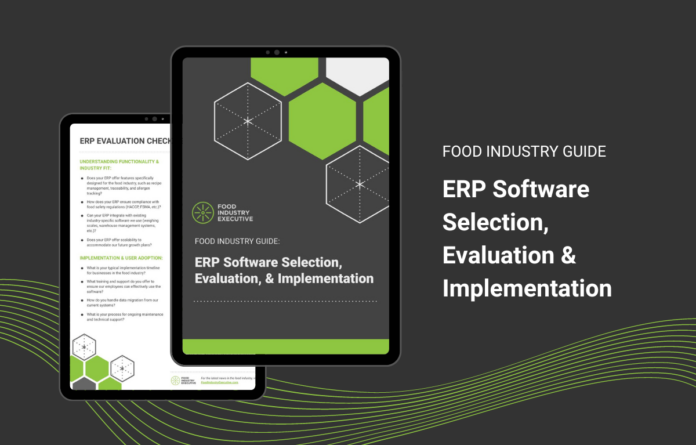Klaas Knot, president of De Nederlandsche Bank NV, on the sidelines of the Group of 20 (G-20) finance ministers and central bank governors meeting in Gandhinagar, India, on Tuesday, July 18, 2023.
Bloomberg | Bloomberg | Getty Images
LONDON — European Central Bank Governing Council member Klaas Knot said it would “soon” be time to ease monetary policy in the region, but cautioned that the process would need to be done slowly to keep inflation in check.
“It can soon be appropriate to ease the currently restrictive monetary policy stance and gradually take our foot off the brake … policy rates will slowly but gradually move into less restrictive levels,” Knot, head of the central bank of the Netherlands, said at the Barclays-CEPR International Monetary Policy Forum in London Tuesday.
A slew of ECB policymakers have firmly suggested a first rate cut in this current cycle will come at next week’s June meeting, leading money markets to fully price in that scenario. In a Reuters poll of 82 economists this week, all said they expected a June cut.
But there is uncertainty about the outlook from there, particularly given the stickiness of services inflation in the euro zone and the murky global picture.
While it was the last of the three to begin hiking, the ECB is now near-certain to begin cutting before both the U.S. Federal Reserve and the Bank of England, which have both indicated they require further progress to be made on reducing inflation.

Only one more ECB rate reduction has been fully priced in by markets for the remainder of the year, a sharp revision from expectations at the start of the year for up to six cuts starting in spring. In the same Reuters poll, a majority forecast two additional ECB cuts, in September and December.
Knot, usually known for his more hawkish stance, said Tuesday there had been “clear disinflation” since the peak above 10% in late 2022, particularly in goods inflation. However, he said the next phase of the process was likely to be “more volatile” due to base effects from energy prices and the unwinding of government fiscal support packages.
Post-June is data-dependent
Knot said the interplay between inflation expectations, market pricing, economic data on growth, the labor market and productivity, and the ECB’s own quarterly projections meant it was not yet possible to commit to a specific path of rate cuts for the second half of the year.
“The precise timing, speed and scale of easing will also have to follow a data-dependent approach… with our projections, and the labor market data a key ingredient,” he said.
The previous set of ECB staff projections released in March had suggested three to four rate cuts this year would be appropriate, which was similar to market pricing at the time, Knot noted.
“While the incoming data on the new wage agreements does, indeed, indicate some moderation since late 2023, unfortunately wage growth has remained elevated. And according to forward-looking indicators, the path for 2024 is still expected to be quite bumpy,” Knot said.
“Productivity growth has remained low and is yet to pick up. Hence, we will have to await our next round of projections in June, that will provide us with an updated assessment of the inflation outlook and also the accompanying balance of risks.”
Preliminary euro zone inflation figures for May will be released Friday, ahead of the next ECB monetary policy decision and projections on June 6.
Credit: Source link












